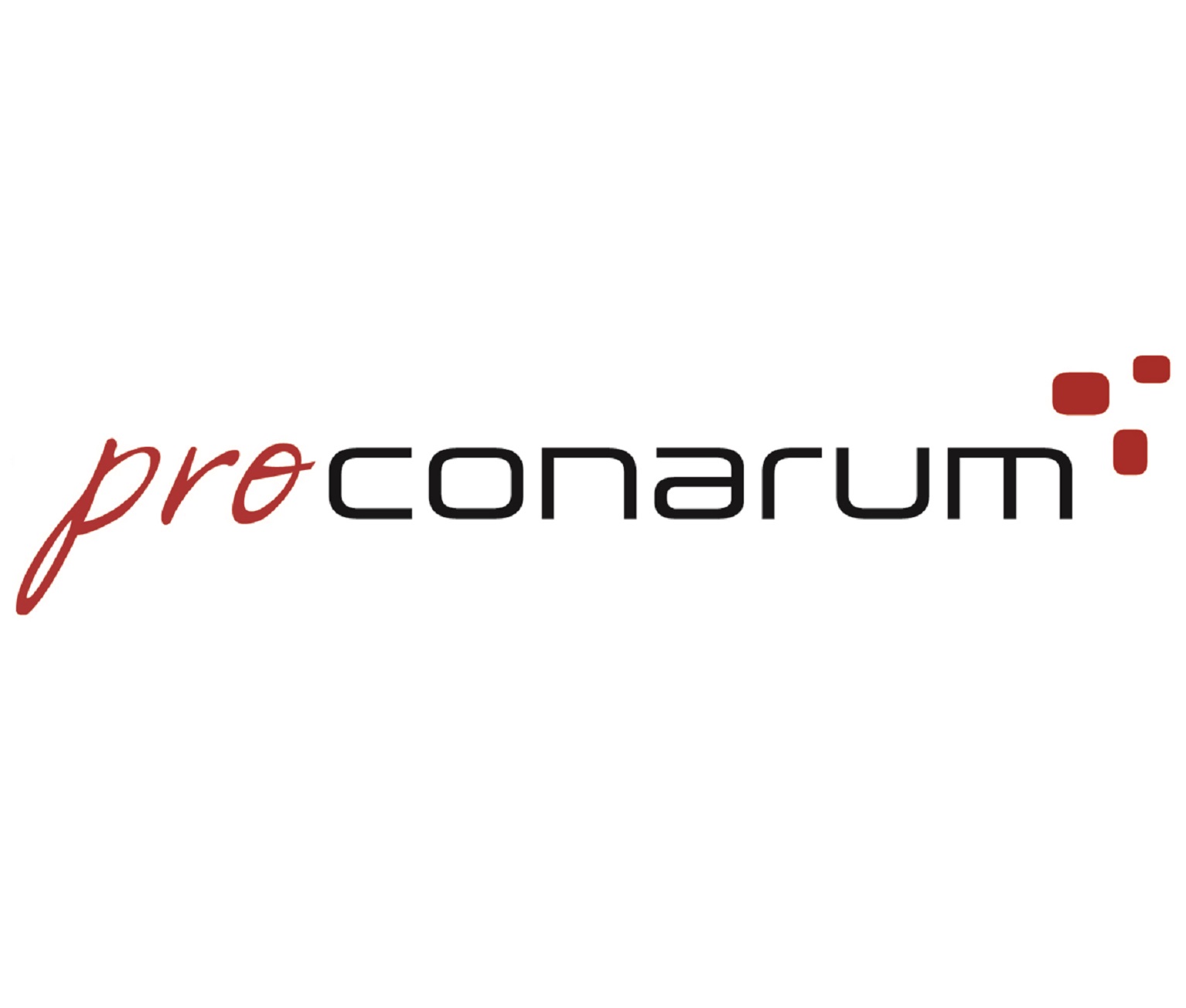proconarum supplier platform
The proconarum supplier platform / supplier portal can have many advantages for a company and its suppliers:
Improved communication:
A central platform enables faster, more efficient and more traceable communication between suppliers and buyers. It provides a single point of contact for information, requests, responses and discussions, minimizing misunderstandings and communication delays.
Automation of processes:
With a supplier portal, many routine tasks such as orders, confirmations, invoicing and payments can be automated. This saves both the buyer and the supplier time and effort and reduces the possibility of human error.
Transparency and traceability:
A supplier portal can provide real-time information on orders, deliveries and invoices. This facilitates planning and control for both parties and enables better responsiveness in the event of problems or delays.
Centralization of supplier information:
A supplier portal can serve as a centralized database for all information about a supplier. This can include contract details, performance evaluations, quality control reports, audit results and more. This facilitates the management of supplier relationships and improves strategic decision-making.
Reduction of errors and disputes:
By automating processes and providing clear, traceable data, a supplier portal can help reduce errors in orders and invoices. This leads to fewer disputes and quicker solutions when problems arise.
Cost savings:
Improving efficiency and reducing errors can lead to significant cost savings. This can include both direct costs (e.g. for personnel who process orders or correct errors) and indirect costs (e.g. for late deliveries or quality problems).
Stronger supplier loyalty:
A supplier portal can help build stronger and closer relationships with suppliers. It enables closer collaboration, improves understanding of each other’s needs and requirements and creates a sense of partnership.
Better compliance and risk management:
A supplier portal can help meet compliance requirements and manage risk by providing clear documentation of transactions, performance evaluations and other relevant information.
